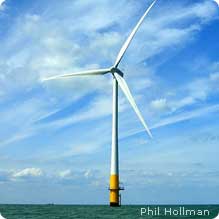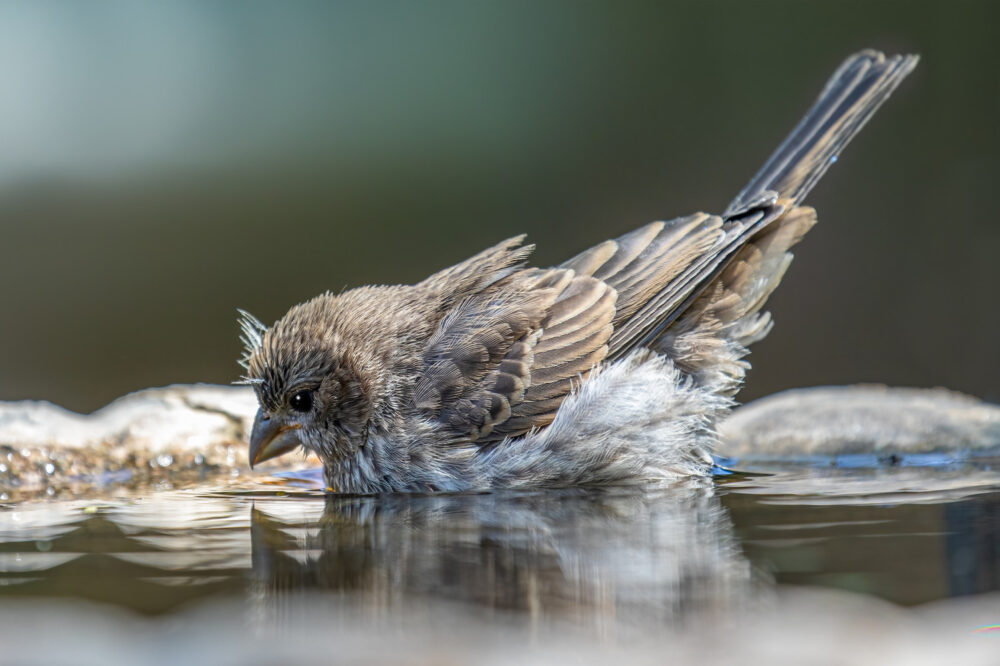We have much more to do and your continued support is needed now more than ever.
Can Obama Administration Pursue ‘Big’ Clean Energy and Avoid Big Impacts to Wildlife?
 Department of the Interior Secretary Ken Salazar made several announcements regarding progress in pursing large renewable energy projects on America’s public lands and waters. Secretary Salazar announced that the relevant Federal agencies will move forward with:
Department of the Interior Secretary Ken Salazar made several announcements regarding progress in pursing large renewable energy projects on America’s public lands and waters. Secretary Salazar announced that the relevant Federal agencies will move forward with:
- The approval of this Administration’s 24th and 25th big renewable energy projects on public lands, the Sonoran Solar Energy Project (Arizona) and the Tule Wind Project (California), which together will provide 486 MW of clean electricity.
- The kickoff of a public comment period to collect information about the proposed route and environmental and commercial interest issues for the Atlantic Wind Connection, an undersea transmission line that has been proposed from New Jersey down to Virginia, with the goal of removing a key barrier to offshore wind energy generation far off our coasts.
It will be a huge challenge to replace fossil-energy sources at a both a large enough scale and at a fast enough pace to protect the wildlife and habitat we love from irreversible global warming impacts. We know that large-scale wind and solar energy projects, on both public and private lands and waters, will have to contribute to the solution, along with energy efficiency, solar roofs, and other actions. So National Wildlife Federation has called on President Obama to have the courage to rapidly pursue big clean energy projects while simultaneously requiring wildlife-friendly approaches to development, preventing development in sensitive habitat, and driving clean energy to the lowest conflict locations.
Secretary Salazar’s announcements hold evidence that we can continue to be both smart and swift with clean energy. An offshore transmission backbone should allow offshore wind energy to reach more of the public, and building the line far offshore will them make it more cost effective to place wind projects well clear of known migratory bird pathways much closer to shore. Meanwhile, the environmental review process for the Sonoran Solar Project resulted in suggestions from local stakeholders and led the project proponent to reduce the project’s footprint by 1,600 acres and reduce the project’s water consumption by 98%!
Sea turtles off the Atlantic coast and our cherished Western landscapes are threatened by the increasingly intense impacts of climate change. With wind and solar energy making up only around 3 percent of the nation’s overall electricity generation, NWF will keep leaning on decision-makers to protect our wildlife and habitat from carbon pollution by taking bold steps forward on clean energy. And we’ll keep demanding the strongest standards and smartest planning to avoid negative impacts of clean energy development.
![]() Help protect bighorn sheep by sending a message to the Department of Interior, urging it to move forward with wildlife-friendly solar energy development.
Help protect bighorn sheep by sending a message to the Department of Interior, urging it to move forward with wildlife-friendly solar energy development.





















